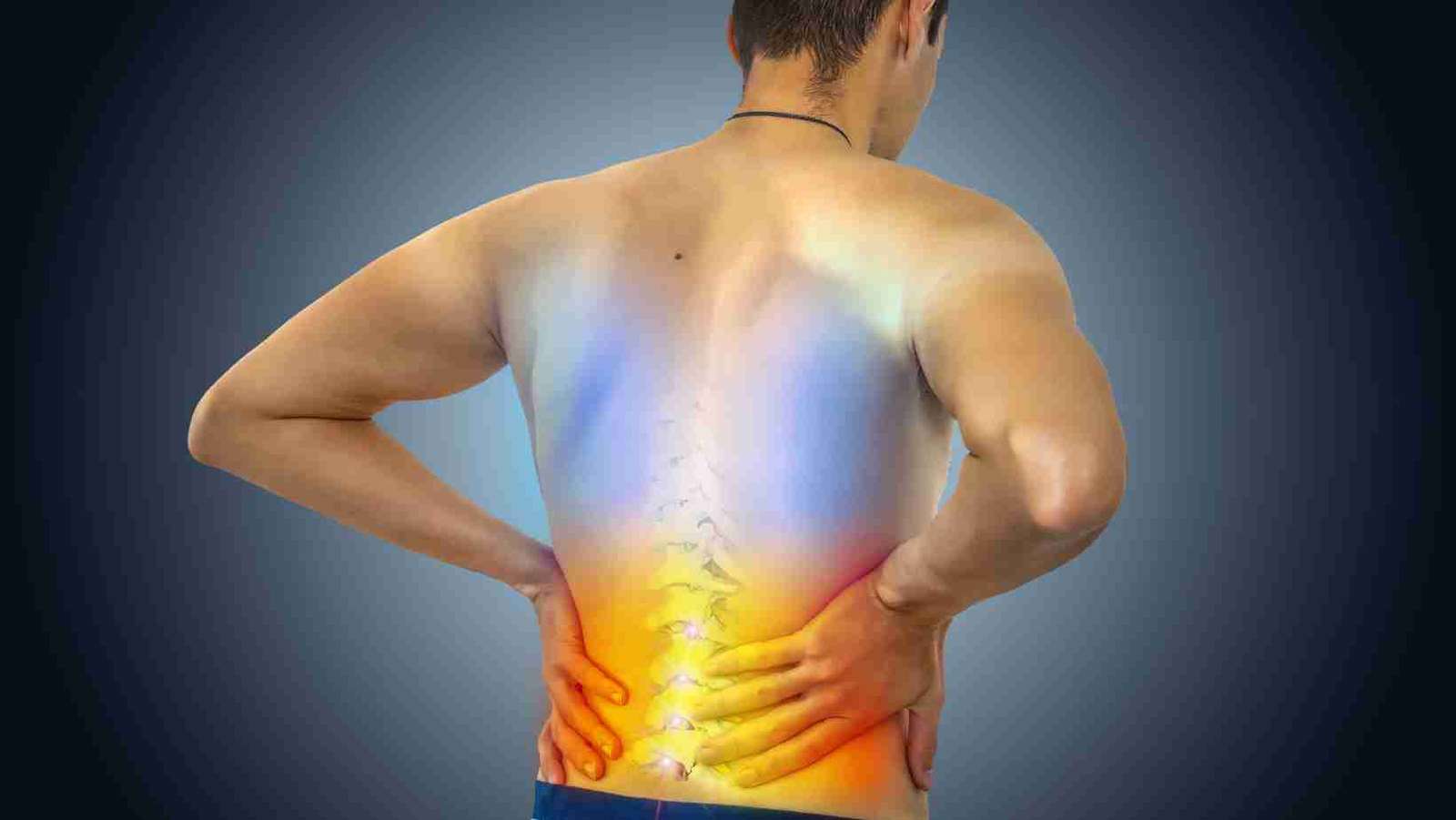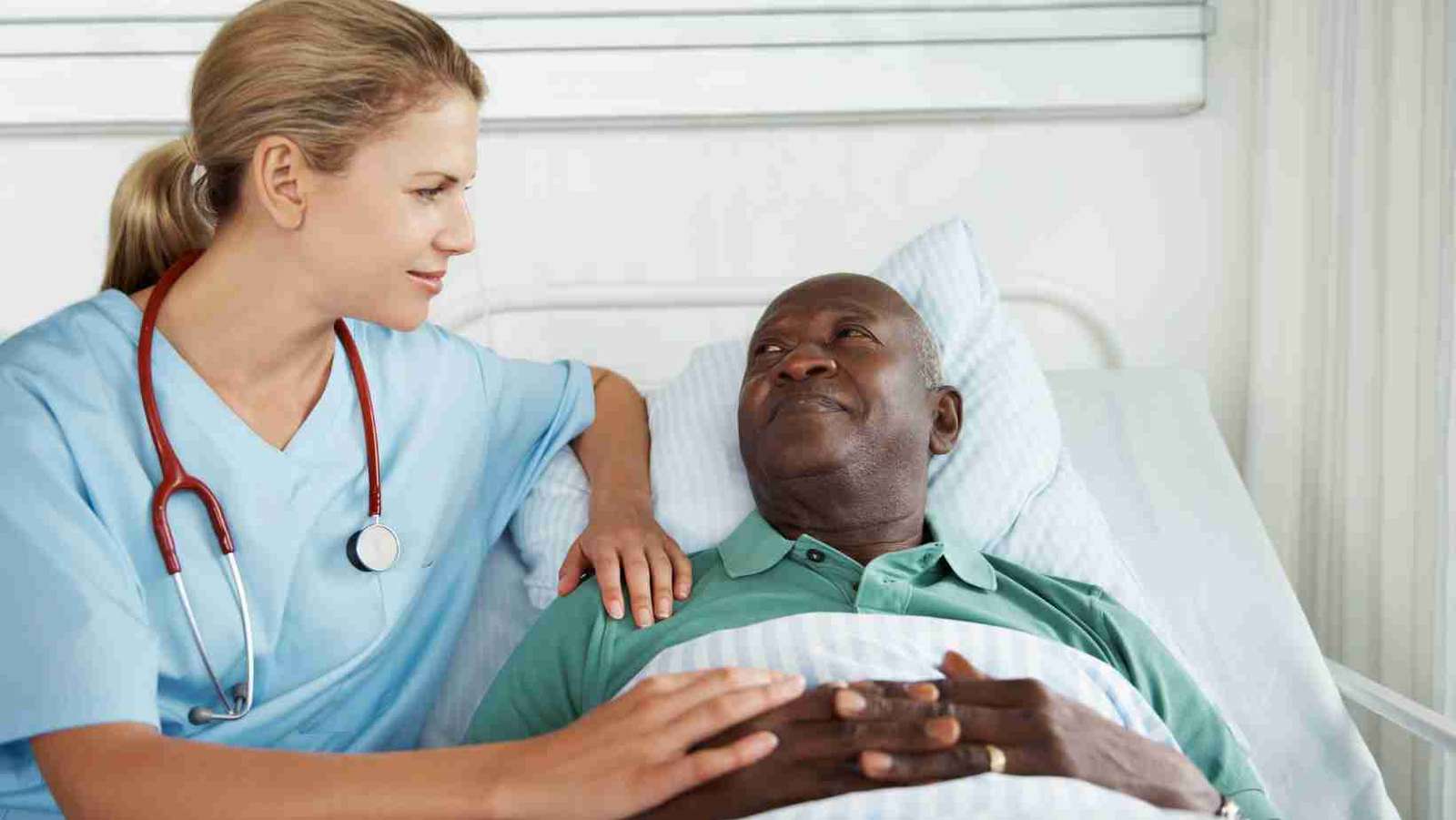
Dr Chandril Chugh
MBBS ( Delhi), MD, DM(ABPN), Neurosurgenology, FAHA, FACP, FINR, FNCC
Consult the Top Pediatric Neurologist: Expert Care for Neuromuscular disorders.
Neuromuscular disorders
People who suffer from neuromuscular diseases are usually those with a genetic predisposition to the condition. These often progress and cause fatigue and muscle weakness. Some are present at birth, some manifest during adolescence, and some do not begin to manifest until adulthood. This disorder may be inherited or develop spontaneously as a result of a genetic mutation, or it may be brought on by an unusual immune reaction, inflammation, toxins, or a rash that no one else can identify as the source of.


Symptoms
Depending on the circumstances,symptoms can range from mild to severe to life-threatening. Some of these signs could be
- Muscle sluggishness
- Muscle wasting produces
- Muscle spasticity (stiffness)
- Respiratory problems,
- Difficulty swallowing,
- Muscle soreness.
Causes
Neuromuscular diseases' causes some of the potential causes include
- Muscle sluggishness
- Muscle wasting produces
- Muscle spasticity (stiffness)
- Respiratory problems,
- Difficulty swallowing,
- Muscle soreness.

Types of neuromuscular diseases
- A neurodegenerative disorder known as amyotrophic lateral sclerosis (ALS) causes the loss of nerves that are regulated by neurons in the brain and spinal cord.
- A life-threatening impairment of the breathing and/or swallowing muscles develops from this, which causes continuous weakness in the muscles that eventually leads to physical limitations.
- The common term for several forms of congenital muscular dystrophy is Charcot-Marie-Tooth syndrome (CMT). Collectively, the several types of CMT rank among the most prevalent inherited neurological illnesses.
- Reduced sensory function and gradually weaker arms and legs are symptoms of the neuromuscular disorder CIDP. It is an autoimmune neuropathy that is frequently brought on by destruction of the myelin sheath of the peripheral nerves, which protects the nerve fibres below and acts as an insulator for the nerve.
- GBS is an acute neuropathy in which the body’s immune system attacks a section of the peripheral nervous system. The myelin sheath, a protective covering for the nerve’s underlying nerve fibres, is often damaged in autoimmune neuropathy patients. The neurologic symptoms of the disease appear a few days or weeks after the onset of the first clinical indicators.
- In Lambert-Eaton syndrome, antibodies block normal vasoconstriction. These antibodies are produced by the patient’s body, causing peripheral numbness in the legs and arms.
- Muscular dystrophies are a group of inherited diseases that are typified by progressive weakness brought on by the degeneration of the muscles that control movement. While some types may begin in childhood, others might not until later in life. Different disorders have different patterns of muscle weakness due to heredity, development, and distribution.
- A neuroimmune condition called myasthenia gravis (MG) results in variable weakness of the body’s voluntary muscles. Multiple muscles can be impacted, and common symptoms include slurred speech, double vision, droopy eyelids, difficulty chewing, and difficulty swallowing.
- Muscle weakness is the main symptom of several diseases known as acquired myopathies. Progressive limb paralysis due to muscle dysfunction is common in the hands and feet.
- Myopathy can have a variety of causes, such as those brought on by muscle inflammation (such as polymyositis, dermatomyositis, and inclusion body myositis). Myopathies can also result from a variety of illnesses and even some medications, such as those used to treat high blood cholesterol.
- A wide variety of diseases known as peripheral neuropathies all destroy nerve cells in the body that are not found in the brain or spinal cord. These conditions can result in a variety of neurologic symptoms, such as numbness, discomfort, and weakness in the arms, hands, legs, and feet.

How to identify neuromuscular conditions
A doctor or healthcare provider will probably initially check your reflexes and search for symptoms like atrophy (loss of muscle tone) to identify a neuromuscular condition. The following tests may then aid in diagnosis
- Blood tests to check the presence of certain enzymes
- To evaluate the electrical activity of the muscles, use electromyography.
- MRI imaging is used to check for problems with the brain and spinal cord.
- For testing the cerebrospinal fluid, perform a spinal tap, commonly known as a lumbar puncture.
- Testing nerve conduction velocity to gauge the efficiency of message transmission from nerves to the muscle
- Genetic testing to identify any potentially hereditary abnormalities
Treatment
Treatment for neuromuscular disorders
THERMAL DRUG USE
Certain muscle, nerve, and nerve-muscle disorders can be treated with immunosuppressive medications. The discomfort caused by neuropathy may be treated with anticonvulsants and antidepressants.
References to Suitable Specialists
For orthopaedic surgery, thoracic surgery, neurosurgery, or other forms of surgery, patients may be referred to surgeons. A physiatrist, a pulmonary medicine expert, an ophthalmologist, or a professional in physical, occupational, speech, or rehabilitation could also receive them.
Education and counselling for patients and families
Treatment may also involve referring patients to relevant support groups or genetic counsellors, in addition to individual and family sessions. Additional tests Patients may undergo periodic evaluations by a variety of professionals, including physical therapists and nutritionists.
When to see a doctor for a neuromuscular disorder
It is imperative to seek medical attention promptly if one suspects the presence of a neuromuscular disorder. The manifestation of symptoms such as muscle weakness, cramps, twitching, or difficulty in movement should not be ignored. A thorough evaluation by a qualified healthcare professional is necessary to determine the underlying cause of the disorder and initiate appropriate treatment. Early diagnosis and intervention can significantly improve the prognosis and quality of life of individuals affected by neuromuscular disorders.

